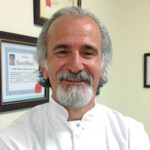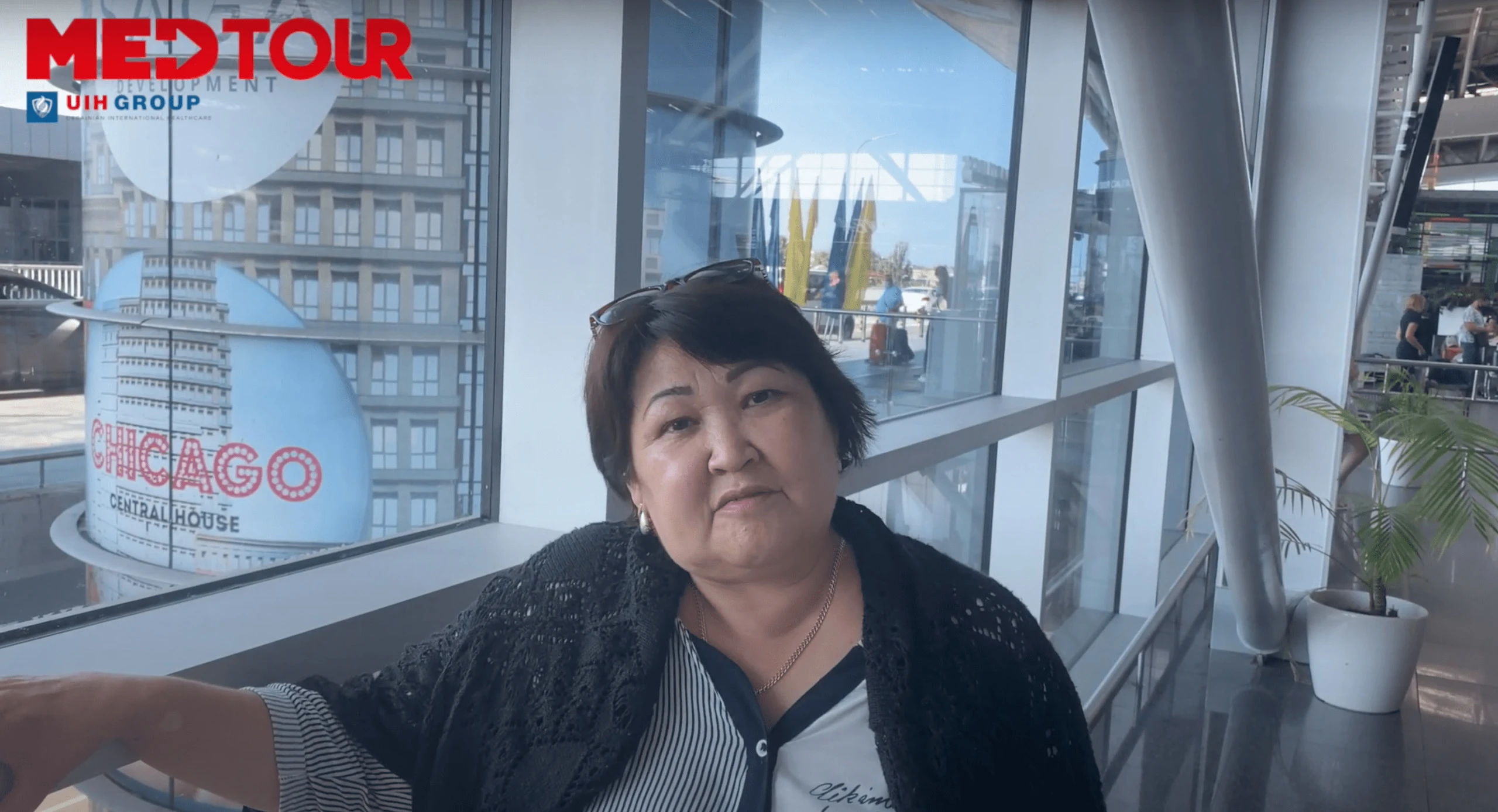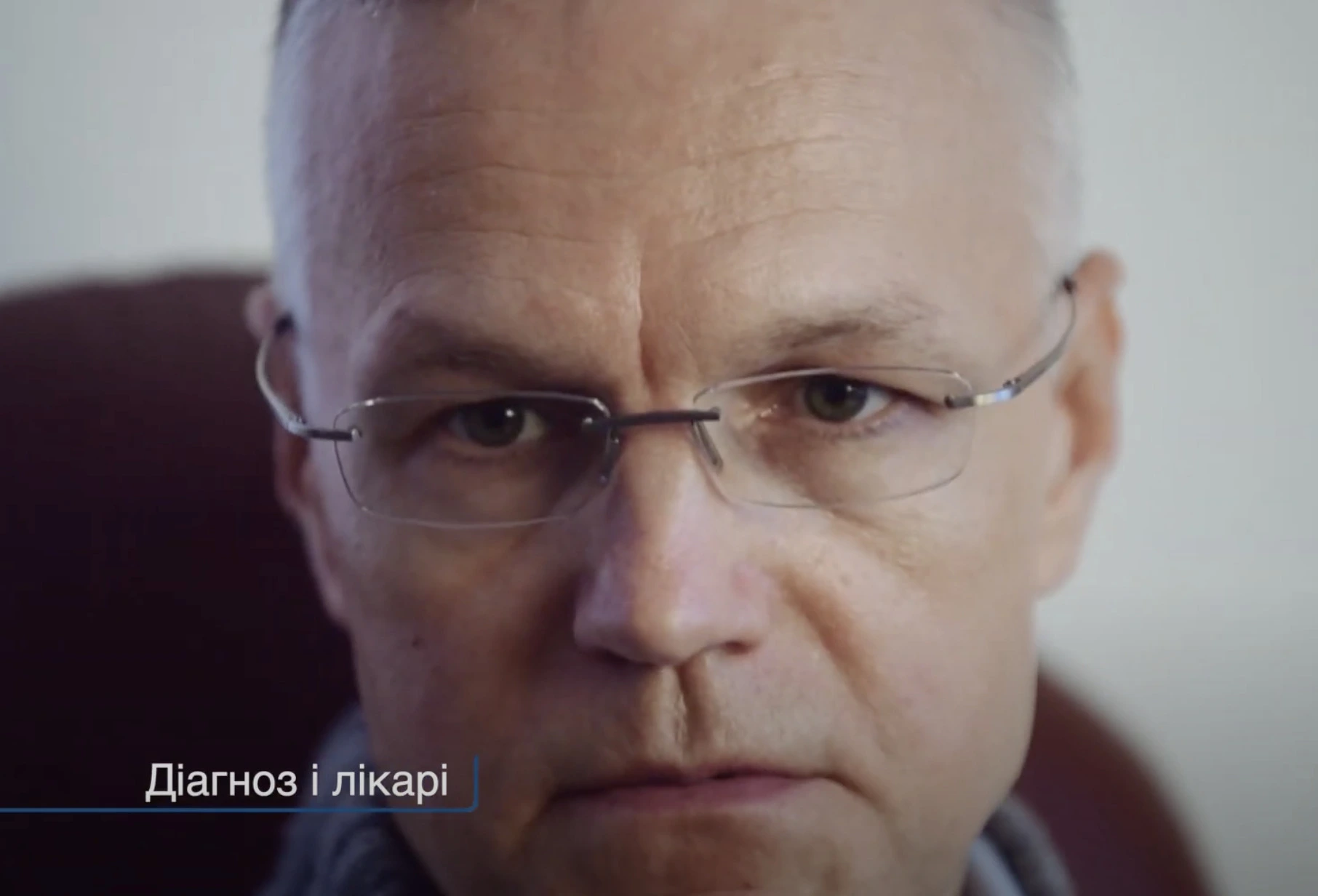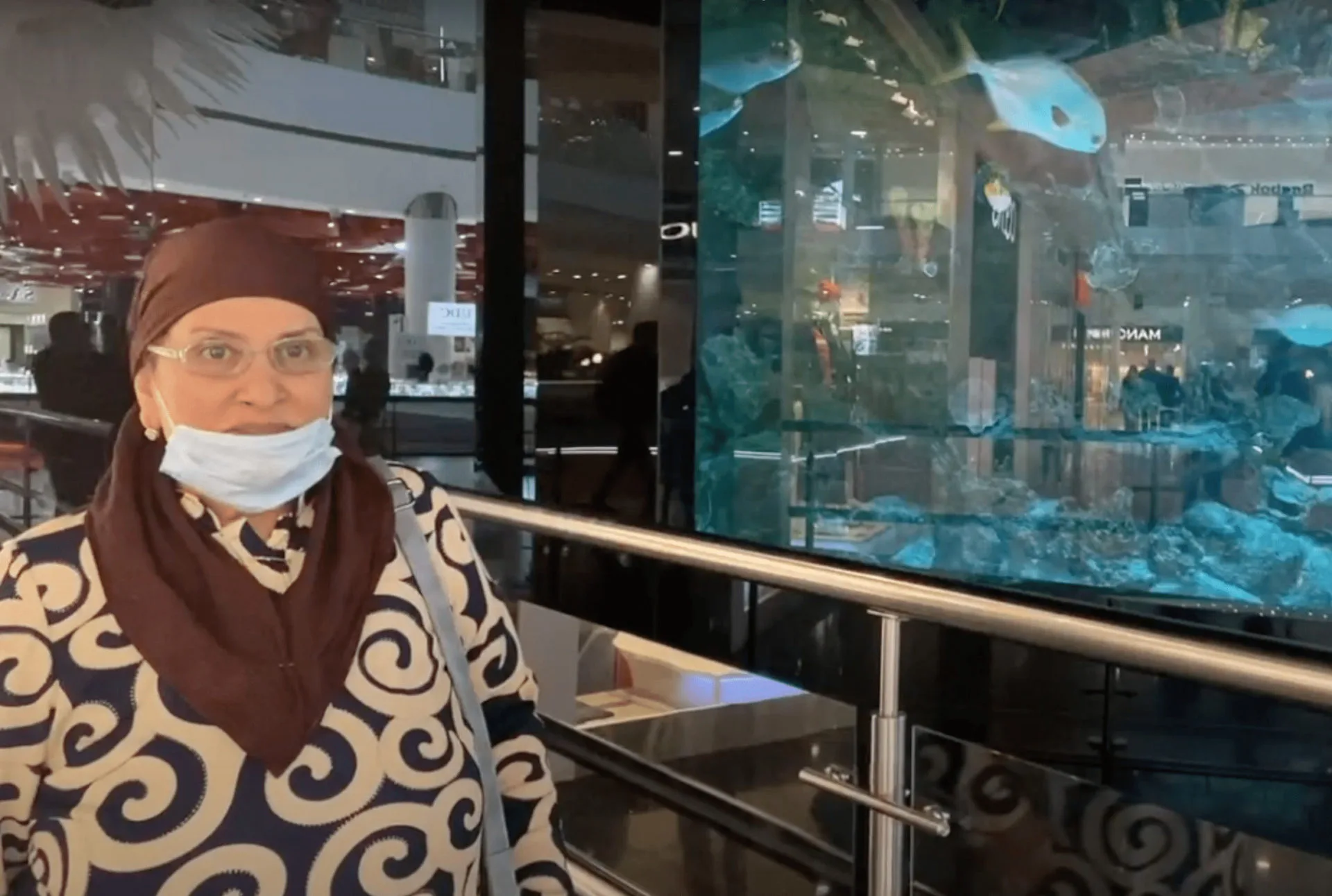Doctors for treatment of Ewing's Sarcoma
Doctors for the treatment of ewing's sarcoma
Frequently Asked Questions
A rare aggressive malignant tumor of bone or soft tissue around bones. Characterized by a high propensity for rapid progression, recurrence and early metastasis.
- People of 5-30 years old suffer,
- The peak occurs at 10-15 years,
- 2nd place in the incidence among bone sarcomas in children,
- 80% are under 20 years old,
- Male sex is sick 2-3 times more often,
- Rarely occurs in people over 30.
The origin is unknown. There’s no reliable information on the influence of environmental factors that could be adjusted to reduce the incidence.
It has been proven that the risk of developing a formation increases in the presence of genetic predisposition, congenital bone anomalies, trauma.
Sarcoma grows from the diaphysis — the place where bone marrow is stored.
In 85-90% of cases, bone lesions, of which:
- 40% — lower limbs,
- 26% — pelvic girdle,
- 16% — chest,
- Other locations — ridge, skull.
In 10-15%, extraosseous formations arise, which originate from soft tissues and grow along the body structures, for example, around bone, along muscle fibers or blood vessels.
Tumors of the Ewing sarcoma family include:
- Classic ES — 80%,
- Extraosseous, or extraosseous, are formed as close as possible to axial skeleton — in ribs, sacrum, vertebrae — 8%,
- Askin’s chest tumors — 7%,
- Peripheral primitive neuroectodermal tumors (PPNEO) — 5%.
Survival and prognosis for life in patients with Ewing’s sarcoma depend on several factors:
- Presence of metastases,
- Volume and location of tumor,
- Treatment response.
The survival rate is 75-80% if the recommendations of doctors and prescribed therapy are followed. But drops significantly if disease is diagnosed at a late stage.
Characterized by a triad:
- Swelling without clear boundaries,
- Pain,
- Dysfunction of damaged structure.
Distinctive symptoms that can help diagnose: fever and increased pain at night.
Doctors collect information about disease and conduct a physical exam. Mandatory examination methods:
- General blood test, ultrasound,
- X-ray, MRI or CT of affected bone and chest.
An additional method used by foreign clinics — positron emission tomography (PET). To detect or exclude metastasis, bone scintigraphy is used. To assess malignancy of growth, a trephine biopsy of bone marrow is performed, followed by a morphological examination of biopsy.
Having received the conclusions of these analyses, the team of doctors chooses tactics of treatment and assesses prognosis for life and health.
It’s important that the initial assessment of the patient’s condition and biopsy be performed in a center that is experienced in the treatment of such rare tumors. These cancer centers have all the necessary research equipment and multidisciplinary team of doctors, consisting of:
- Surgeons,
- Oncologists-radiologists,
- Pediatric oncologists (for children).
ES is difficult to treat. This requires a lot of medical professionals.
MedTour can meet all these needs when it comes to a team approach to CJ treatment.
Method of choice is systemic treatment in combination with chemotherapy. Treatment outcomes without chemotherapy are extremely low.
Current treatment protocols for Ewing’s sarcoma
Therapy of such tumors requires an integrated approach and should be carried out in specialized centers. Currently, ES in the bones, as well as soft tissue neoplasms, are treated in the same way.
Polychemotherapy (PCT) is combined with radiation therapy (RT) and / or surgery. For patients with spread of metastases, high-dose PCT with subsequent autologous stem cell transplantation is available.
These therapies are practiced:
- Cycles of PCT,
- Surgical removal of tumor, if possible,
- Radiation therapy (RT).
Chemotherapy
Doctor uses powerful drugs to kill cancer cells. Recommended PCT regimens combine 3-5 drugs that are taken by swallowing or intravenous injection. These medicines shrink the neoplasm and make it easier to remove by surgery. After surgery or radiation therapy, chemotherapy is performed again to kill remaining tumor cells. In severe stages, when metastases are spread throughout the body, chemotherapy is used for palliative purposes: it slows down the progression of growth and relieves pain.
Surgical intervention
Her goal — the complete removal of sarcomas. The volume of operation depends on neoplasm size and degree of its transition to adjacent tissues. Procedure involves removing part or all of bone. Organ-preserving interventions are mainly performed. If it wasn’t possible to leave the limb, bone transplantation is performed either with bone material of the patient himself, or from the bone bank, and / or using artificial prostheses (endoprosthetics).
Radiation therapy
Can be recommended after surgery to kill remaining cancer cells or instead of surgery if ES is located in a part of the body where surgery is not possible.
RT indications:
- Impossibility of surgical removal of neoplasm,
- Preservation of >10% of viable tumor cells after surgery,
- Treatment metastasis foci;
General principles of LT:
- MedTour experts recommended to conduct radiation therapy in the oncological center, where systemic and surgical treatment was carried out for close interaction of the team of doctors,
- It’s also recommended to use modern technology radiotherapy — IMRT, therapy and stereotactic radiosurgery particles. Leading foreign clinics use these techniques. Since they irradiate a strictly limited area as accurately as possible, they have fewer side effects and minimize radiation from healthy tissues.







